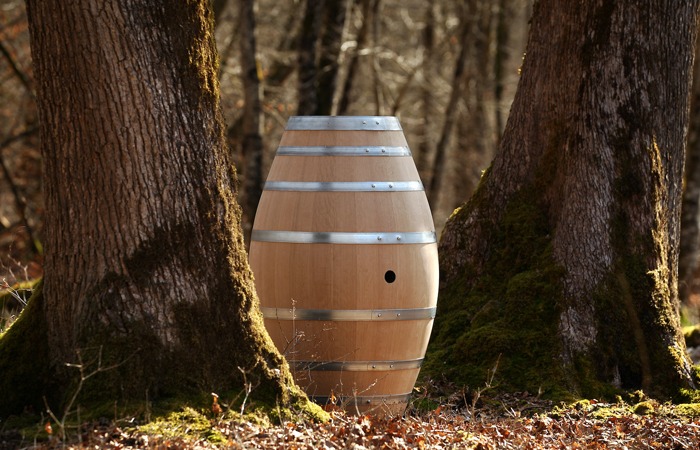Barrels origins
17 June 2021Historical and Archaeological Sources
The history of the barrel dates back to antiquity, as evidenced by numerous archaeological discoveries and certain historical and iconographic sources. However, archaeological finds provide only partial information about the history of barrels, as wood—a perishable material—decomposes and disappears over time. Wood is preserved only under specific conditions, when shielded from air and light in sites constantly covered by water, such as peat bogs, lakes, or wells. Most archaeological discoveries of barrels have been in wells, where they were repurposed as well linings. In her bookLe tonneau en Gaule romaine (2001), Élise Marlière identifies more than 200 barrels dating from the 1st century BCE to the 4th century CE
Historical sources, though scarce, are invaluable in tracing the history of the barrel. For example, Caesar mentions its presence in The Civil War during the siege of Marseille in 49 BCE:
“[The Marseillais] set barrels filled with pitch and tar on fire and hurled them from the top of the walls onto the gallery. These barrels rolled, and when they fell to the sides, they were pushed away from our works with poles and forks. » La Guerre des Gaules dIn The Gallic War, barrels are described as being set on fire and rolled by the Gauls onto the Romans during the siege of Uxellodunum. Strabo notes the existence of wooden jars « grandes comme des maisons ». Finally, in his Histoire naturelle (Livre XIV), Pliny the Elder reports that around the Alps, wine was stored in wooden containers bound with hoops.
A few steles and bas-reliefs also provide insight into the shape of barrels at the end of antiquity.
Origins Still Under Debate
The majority of researchers agree that dating the origin and place of the barrel’s invention is extremely challenging.
Élise Marlière notes that« the genesis of the barrel also suffers from the deterioration of remains outside of wells. The rare examples from the late [150 à 58 avant J.-C.] qLa Tène period [150–58 BCE] that have survived are currently the oldest known, but they may still be relatively recent in the history of the barrel. In the absence of earlier texts or archaeological artifacts, it is unrealistic to precisely determine the time and place where the barrel was invented or pinpoint the moment when a simple maker of buckets and vats became a cooper thanks to the ingenious concept of staving. » The history of cooperage (one of its earliest representations being the “Tomb of the Jugglers” in the Monterozzi necropolis in Italy) and barrel-making remained closely intertwined until the 19th century. During this time, coopers—found in most villages—produced all kinds of wooden containers (buckets, jugs, churns, vats, etc.), as illustrated by Plate 3Encyclopédie of Diderot and d’Alembert’s Encyclopedia dedicated to the cooper’s trade.
While the origins of the barrel remain controversial (Celts, Etruscans, Raeti?), Maryvonne Perrot emphasizes that « its widespread use is undeniably credited to the Romans, who, from the Augustan era onward, exploited the practical advantages of this container for transporting large quantities of wine over long distances, particularly to military camps along the Rhine frontier. Indeed, the barrel proved ideal for both land and sea transportation. »
Marguerite Gagneux-Granade, drawing on archaeological discoveries and collections from various Italian museums, argues that the invention of the barrel cannot be attributed to the Etruscans. Instead, its origins are likely « in the Trentino-South Tyrol region, north of Cisalpine Gaul », near the borders of Switzerland and Austria. This area, partly corresponding to ancient Raetia, supports the hypothesis of the Raeti inventing the barrel. Gagneux-Granade has cataloged artifacts such as oak staves and barrel bottoms dating to 500 BCE in Bressanone, a 5th-century BCE well lined with oak and silver fir near Como, and a partially fossilized barrel in Calvatone (west of Mantua) used as a well lining and dating to the 1st century BCEer siècle.
Future archaeological discoveries may one day clarify the origins of the barrel and formally attribute its invention to a specific culture. One certainty remains: the barrel was invented in the Alpine region, and the Romans were responsible for its widespread use!
Stay Connected
Follow us on social media to read the next articles in this series on the history of cooperage, exploring the evolution of barrel shapes, the woods used over centuries, barrel hooping techniques, and the unique contributions of oak to wine aging!
Image: Photograph of a La Grange barrel © Christophe Deschanel








